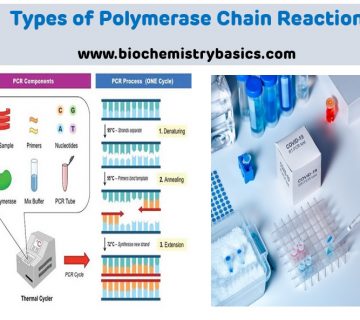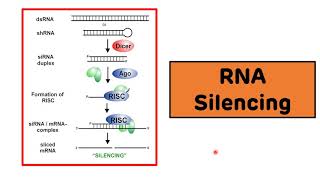Written by : Bhoi Bharat K., Maheshwari Amitkumar V., Sadariya Bhavesh R., Shaikh Sahema M. and Panchal Mittal A.
INTRODUCTION
Chronic kidney disease (CKD) is a worldwide public health problem, both for the number of patients and cost of treatment involved. Globally, CKD is the 12th cause of death and the 17th cause of disability, respectively.2 The
approximate prevalence of chronic kidney disease is 800 per million populations in India. With increasing prevalence of CKD, attention is also required for cardio vascular disease (CVD), End stage renal disease (ESRD).
The gold-standard method for the determination of GFR is inulin clearance. However, inulin clearance is generally only used for scientific research because the method is cumbersome.1In day to day clinical practice an estimation of glomerular filtration rate (eGFR) is required for various reasons, like a) Assessment of renal function, b) Severity of renal disease, c) Calculation of proper drug dosage and d) Appraisal of renal involvement in systemic diseases.16 For calculating the glomerular filtration rate, the creatinine clearance formulas have been used but Creatinine clearance overestimates GFR because of tubular secretion. In normal renal function this accounts for 10-40% of GFR with marked interindividual variability. Tubular secretion can increase to more than 100% in patients with reduced renal function especially in glomerulopathic and proteinuric patients. For this reason, alternate molecules have been researched and studied about these molecules have been carried out. One of these agents is
Cystatin C and it has 122-amino acid, 13- kd cysteine protease inhibitor which is produced by all nucleated cells and is independent of muscle mass and sex. Its production, unlike ß2- microglobulin is not affected by inflammatory states or malignancies. Cystatin C is eliminated by glomerular filtration and it is not secreted, but is reabsorbed by tubular epithelial cells and subsequently catabolized so that it does not return to the blood flow.
Its measurement has been proposed as an alternative and more sensitive marker of glomerular filtration rate than treatinine particularly in patients with slight to moderately decreased glomerular filtration rate. We examined the relationship between Cystatin C and creatinine in this study.16 The present study is designed to estimate and compare glomerular filtration rate by serum Cystatin C and serum creatinine in patients of chronic kidney disease to see usefulness of serum Cystatin C over serum creatinine in routine clinical practice.




